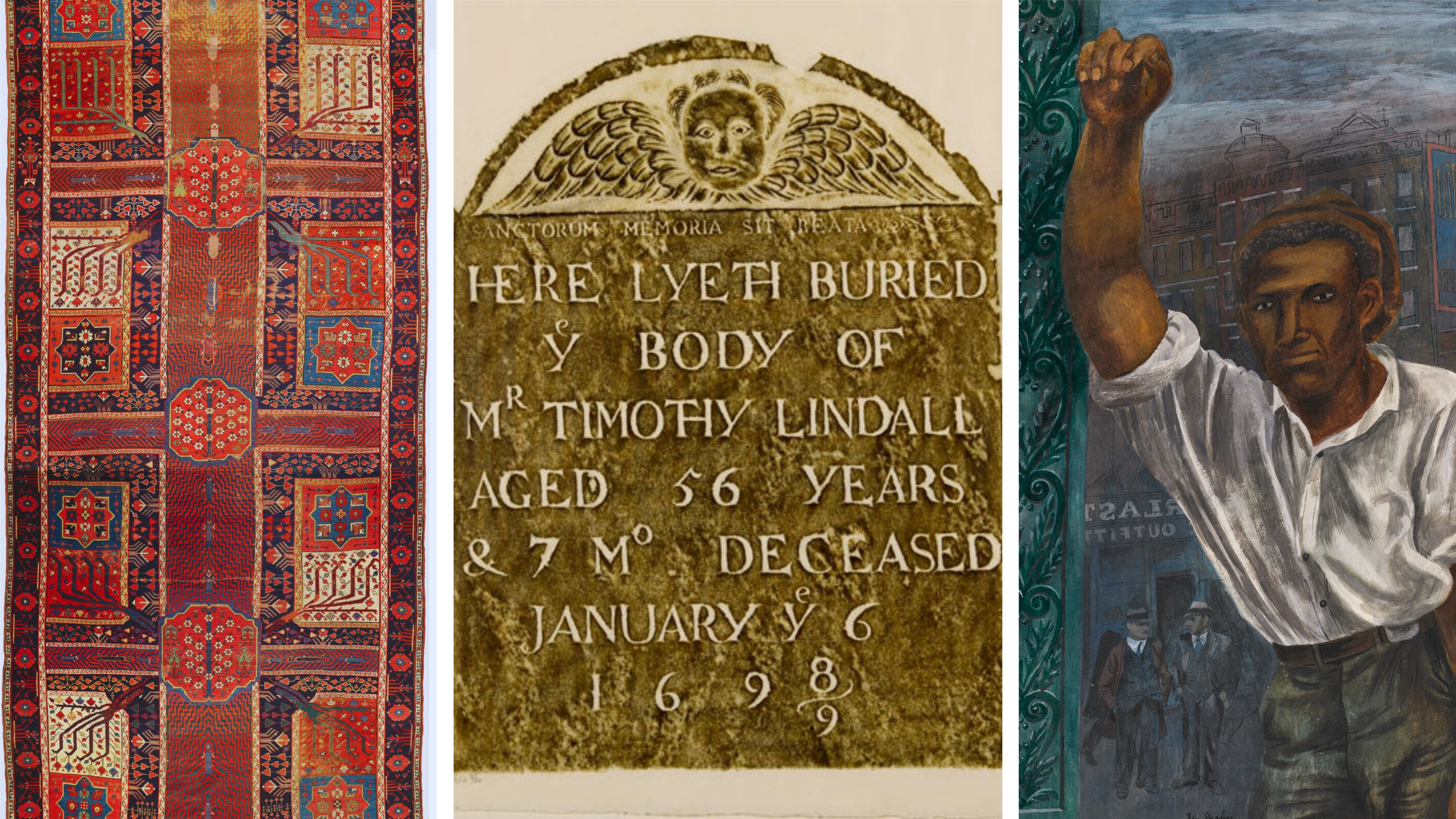Beginning in the late 1920s, reliefs and sculptures from the Tianlongshan cave temples in China’s northern Shanxi province were removed and published by art dealer Sadajirō Yamanaka, sparking interest among collectors worldwide. In 1943, collector Grenville L. Winthrop gifted the Fogg Museum 25 stone fragments from the site. This talk highlights a collaboration between Harvard students Kaitlin Hao, Xiaofei (Sophie) Lei, and Michael Norton to investigate the creation of the works, their meaning in Buddhist medieval China, their sale and journey to their current home, and the ravaged site they left behind.
Conceived as part of the museum-wide ReFrame initiative, this project represents a first step toward critically reassessing archaeological fragments in the Asian collections at Harvard as well as the general consequences of early efforts to collect Chinese art in the United States. Visit the digital resource Reframing Tianlongshan for more about the creation and significance of the stone fragments from the Tianlongshan cave temples, as well as the history of their display at the Harvard Art Museums.
Led by:
Sarah Laursen, Alan J. Dworsky Associate Curator of Chinese Art, Division of Asian and Mediterranean Art
Works explored:
Flying Apsaras Holding a Bowl, from Tianlongshan Cave 3, near Taiyuan, Shanxi province, China, 534–50. Sandstone. Harvard Art Museums/Arthur M. Sackler Museum, Bequest of Grenville L. Winthrop, 1943.53.16.
Standing Bodhisattva with Hands in Anjali Mudra, from Tianlongshan Cave 3, near Taiyuan, Shanxi province, China, 534–50. Sandstone. Harvard Art Museums/Arthur M. Sackler Museum, Bequest of Grenville L. Winthrop, 1943.53.7.



